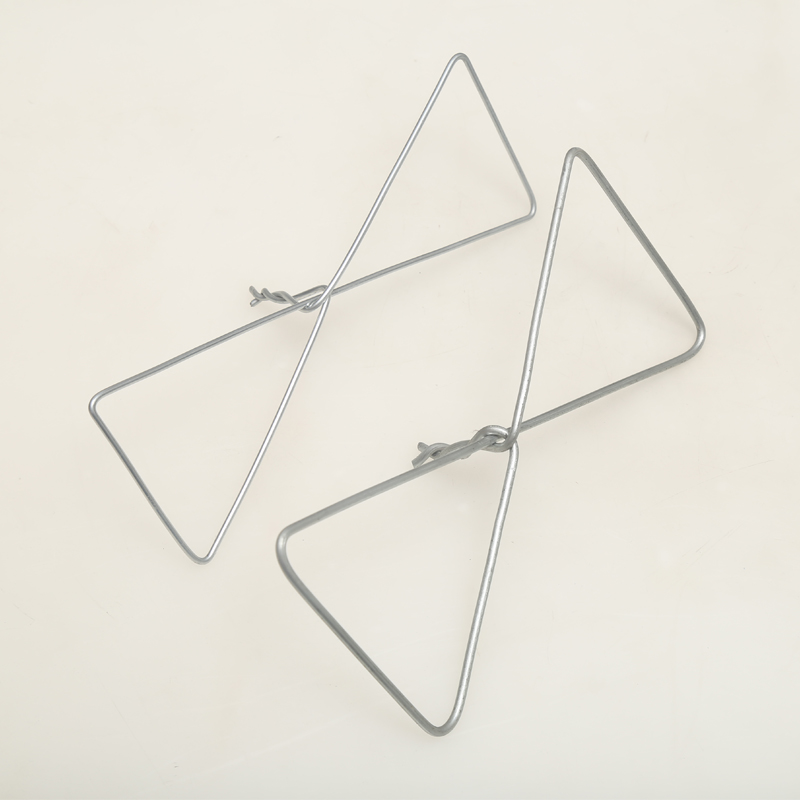
- Mobile Phone
- +8613931874955
- sales@cntcmetal.com
Exploring the Importance and Benefits of 250% Wall Ties in Construction Projects
Understanding 250% Wall Ties Their Importance in Construction
Wall ties, often overlooked in the architectural realm, are critical components in the construction of cavity walls. They play a vital role in enhancing the structural integrity and longevity of buildings. When we discuss 250% wall ties, we dive into an aspect that highlights the importance of proper selection and installation, as well as adherence to safety standards in modern construction practices.
First, let’s break down what wall ties are. These are metal or plastic connectors that secure the outer layer of a cavity wall to the inner wall, providing stability and helping to transfer loads between the walls. Specifically, a 250% wall tie suggests a tie designed to accommodate specific structural loads while ensuring resilience against factors like thermal movement, moisture, and lateral forces.
The Importance of Wall Ties
The primary function of wall ties is to provide stability and structural integrity. Without sufficient ties, the outer leaf of a cavity wall can easily become dislodged from the inner leaf, leading to potential hazards such as collapsing walls or severe structural damage. In the absence of adequate connections, buildings can suffer from fundamental issues like cracking, bowing, or even complete structural failure. Thus, wall ties are indispensable in maintaining the overall safety of a structure.
Moreover, when walls are exposed to environmental pressures such as wind or seismic activity, wall ties ensure that the loads are evenly distributed. This distribution is crucial for maintaining the structural equilibrium and preventing localized stress, which can lead to significant damage over time. A 250% wall tie is engineered to withstand these stresses while allowing for some level of movement, thanks to its flexibility in design and material properties.
Material and Design Considerations
250 wall ties

Material choice is another important aspect in the effectiveness of wall ties. Traditionally, wall ties were crafted from stainless steel or galvanized metal to resist corrosion. However, advancements in materials have introduced alternatives such as plastic wall ties, which are lightweight and non-corrosive. The choice between these materials often depends on the building environment and expected weather conditions. In coastal areas where salt exposure is prevalent, stainless steel ties are preferred.
The design of a 250% wall tie also matters significantly. These ties should be designed to meet or exceed building codes, ensuring that they can take on the necessary loads without failing. Engineers often employ finite element analysis to simulate and predict the performance of these ties under various conditions, allowing for better-informed decisions regarding their use in construction projects.
Compliance with Building Standards
Construction projects are governed by stringent building codes that dictate the specifications and qualities of wall ties used. Adherence to these standards is crucial not only for structural integrity but also for ensuring compliance with safety regulations. Inspectors and architects must ensure that the wall ties specified for a project, including any that fall under the category of 250% ties, meet the required performance standards.
Conclusion
In summary, while wall ties may seem like small components in the grand scheme of construction, their role is pivotal to the safety and durability of buildings. The concept of 250% wall ties embodies the intricacies of design, material choice, and adherence to building codes, underscoring the essential nature of these elements in modern architecture. As we continue to push the boundaries of architectural design and structural engineering, understanding and implementing effective wall tie systems will remain a cornerstone of safe and sustainable construction practices.
share:
-
Yard Sign Stakes: Reliable Guardians of Outdoor SignsNewsAug.04,2025
-
Wall Ties: Invisible Guardians of Building StabilityNewsAug.04,2025
-
Resilient Web: The Super Guardian Power of Concrete MeshNewsAug.04,2025
-
Masonry Accessories: A versatile assistant on building foundationsNewsAug.04,2025
-
Iron Binding Wire: the 'invisible reinforcement specialist' in the fields of architecture and industryNewsAug.04,2025
-
Dynamic Spring: The diverse functions and excellent performance of Wire Tension SpringNewsAug.04,2025
-
Your Source for Concrete Wall Ties and Masonry AccessoriesNewsJul.10,2025



















